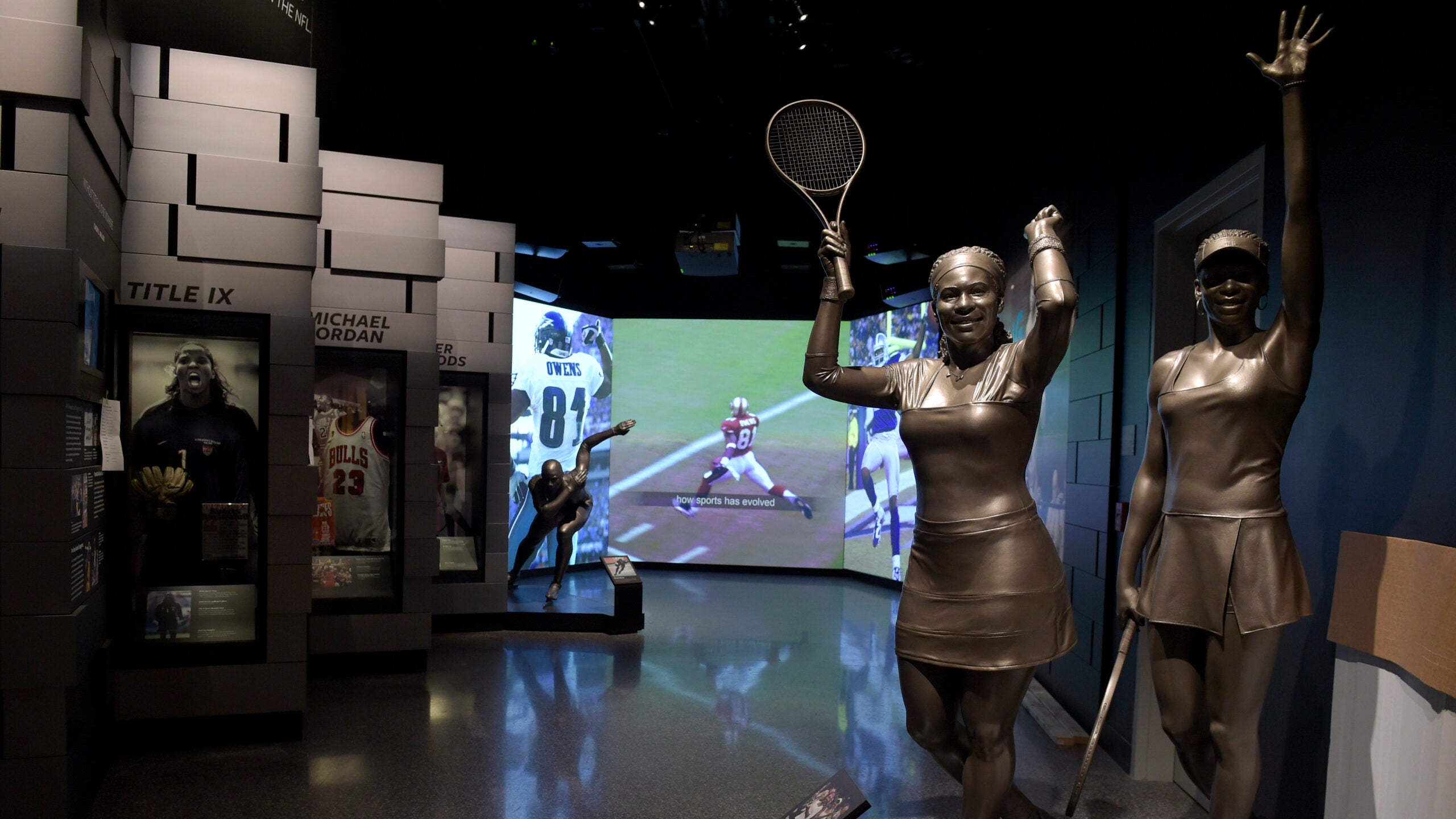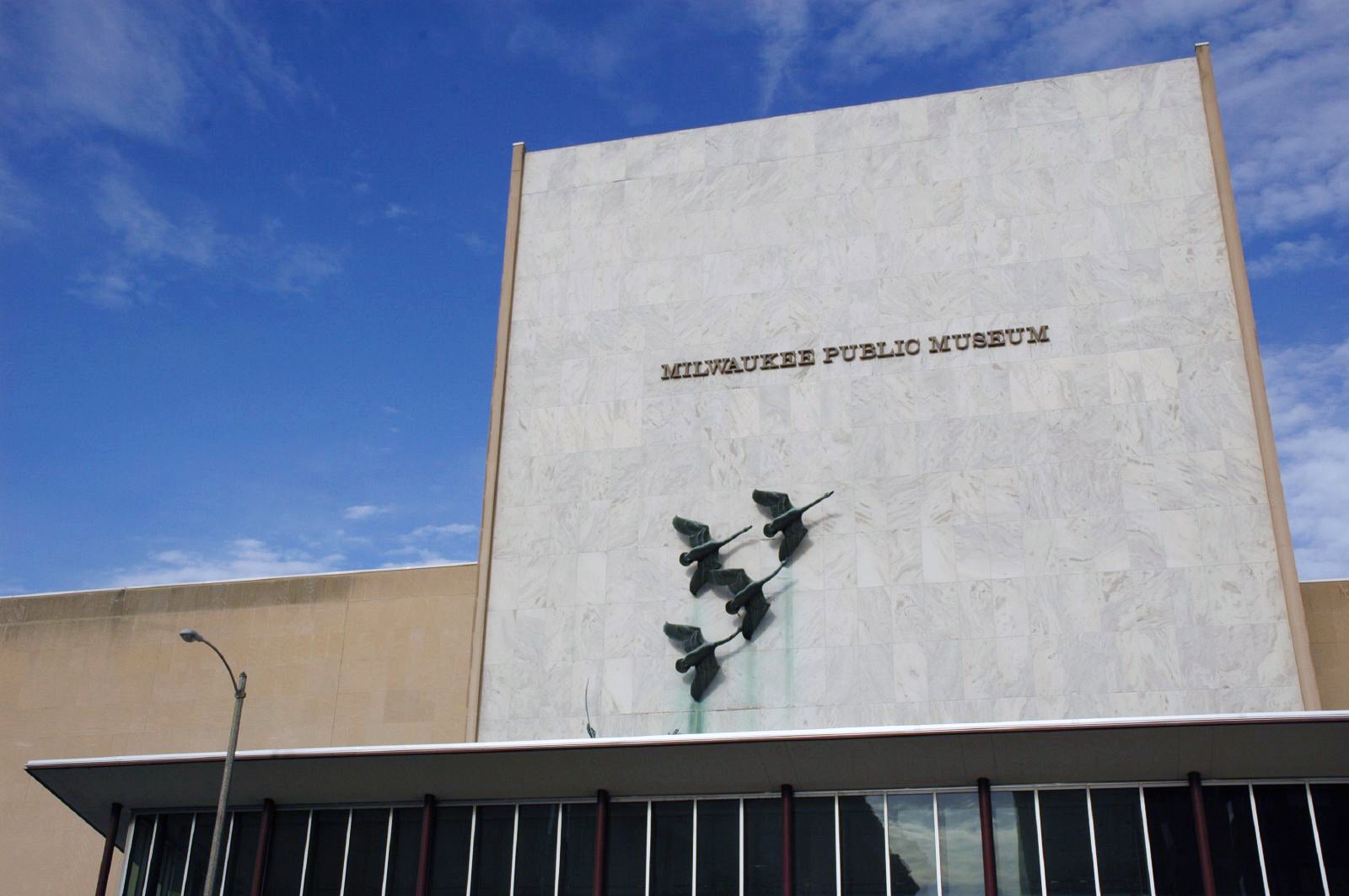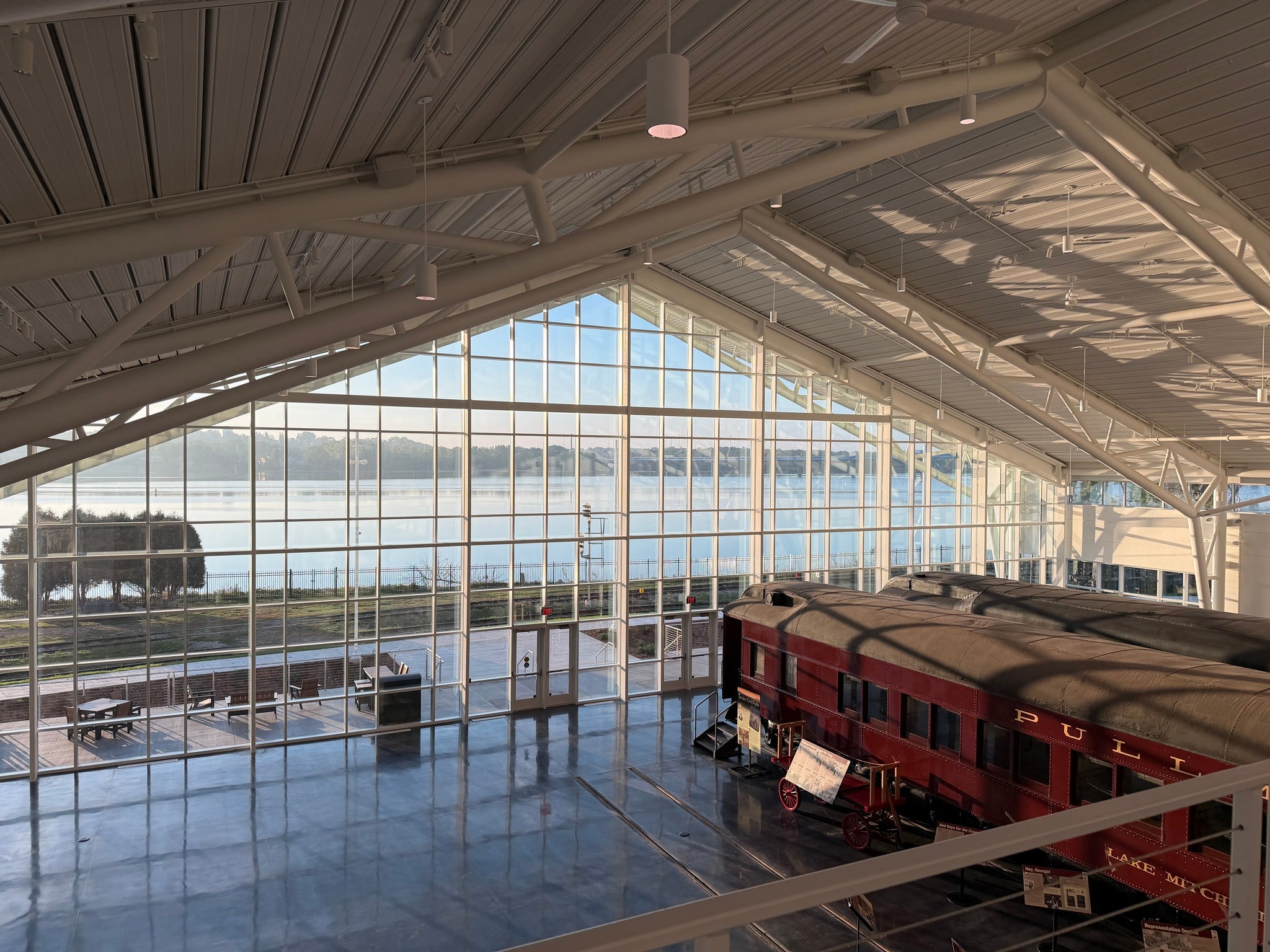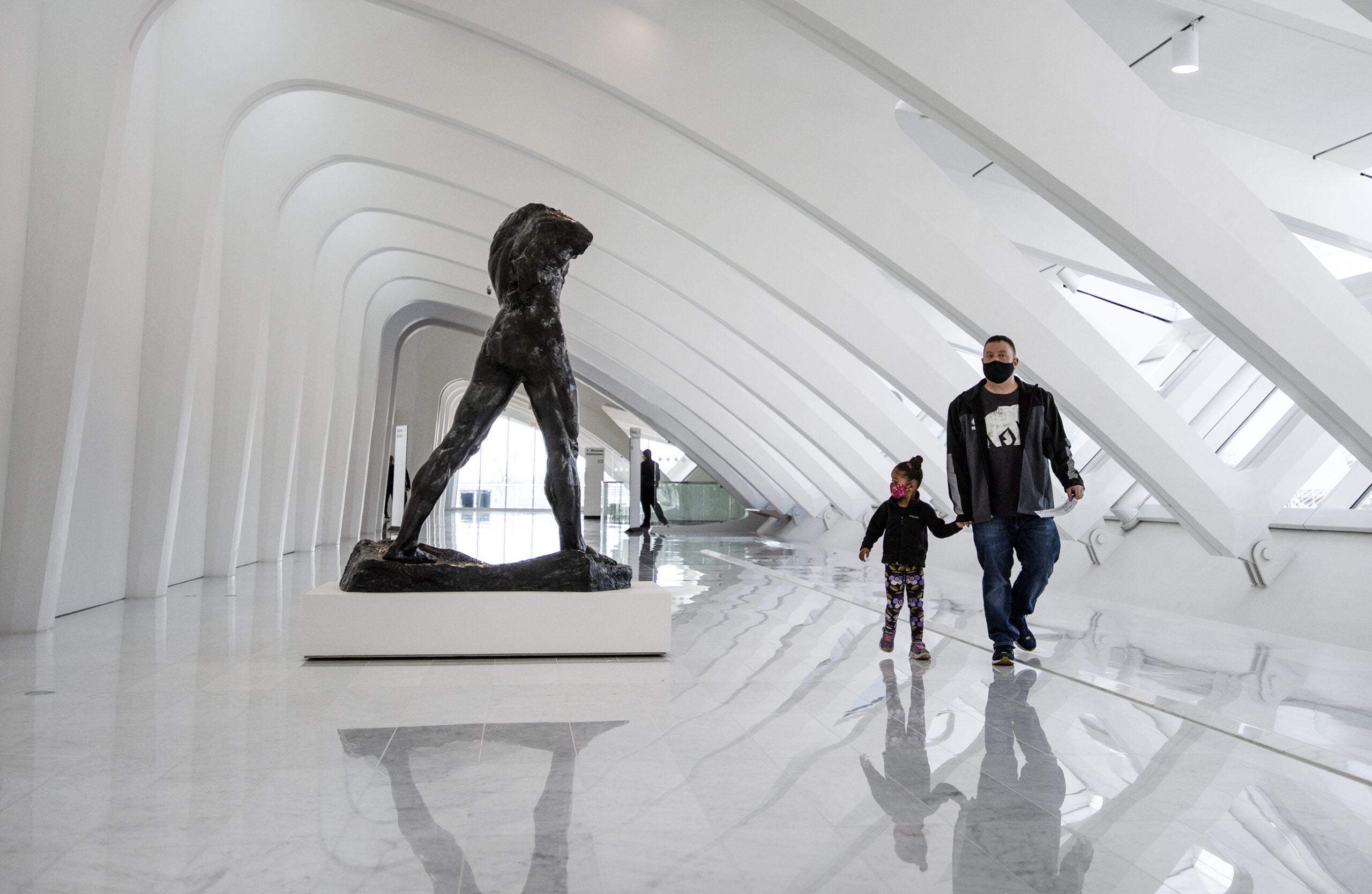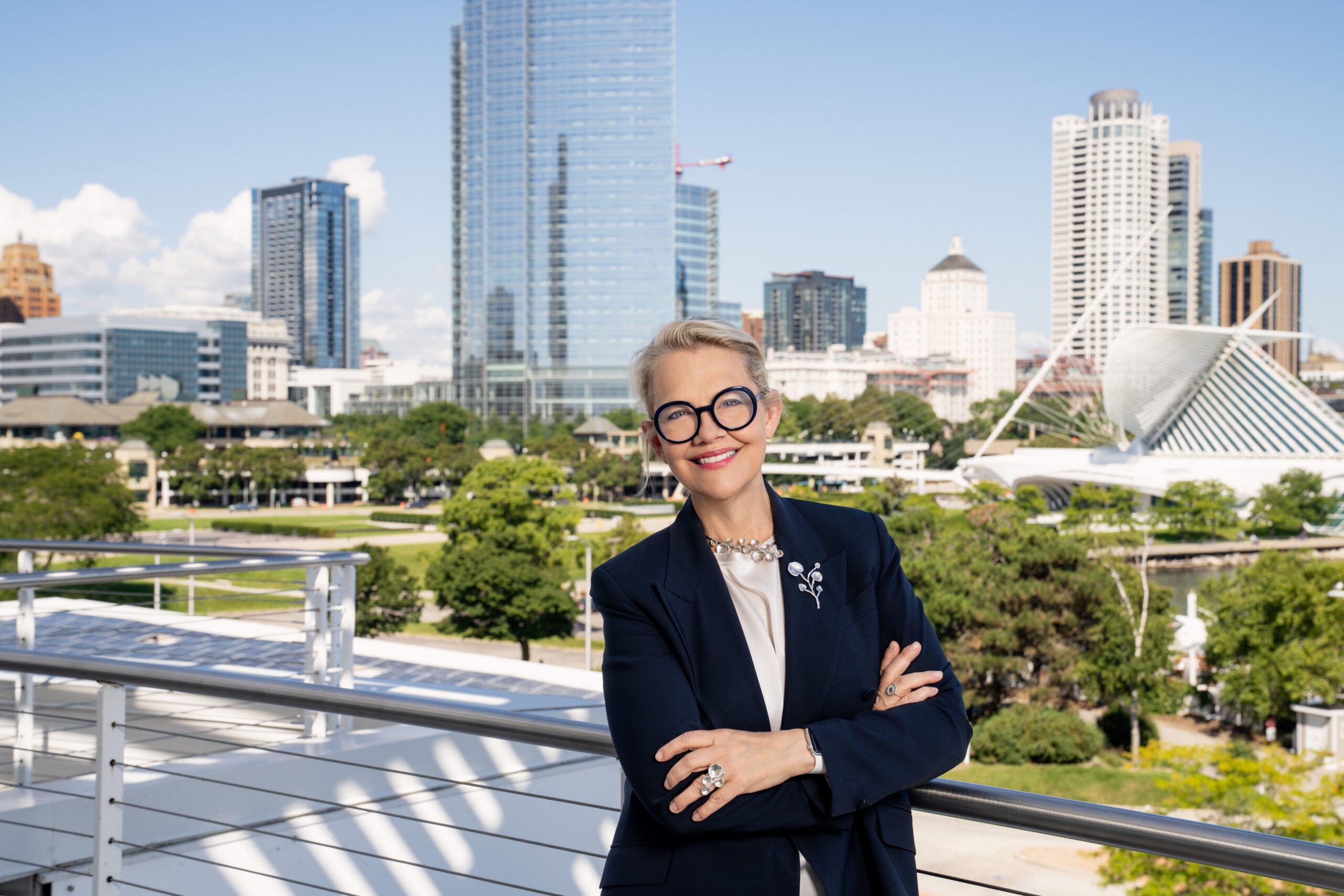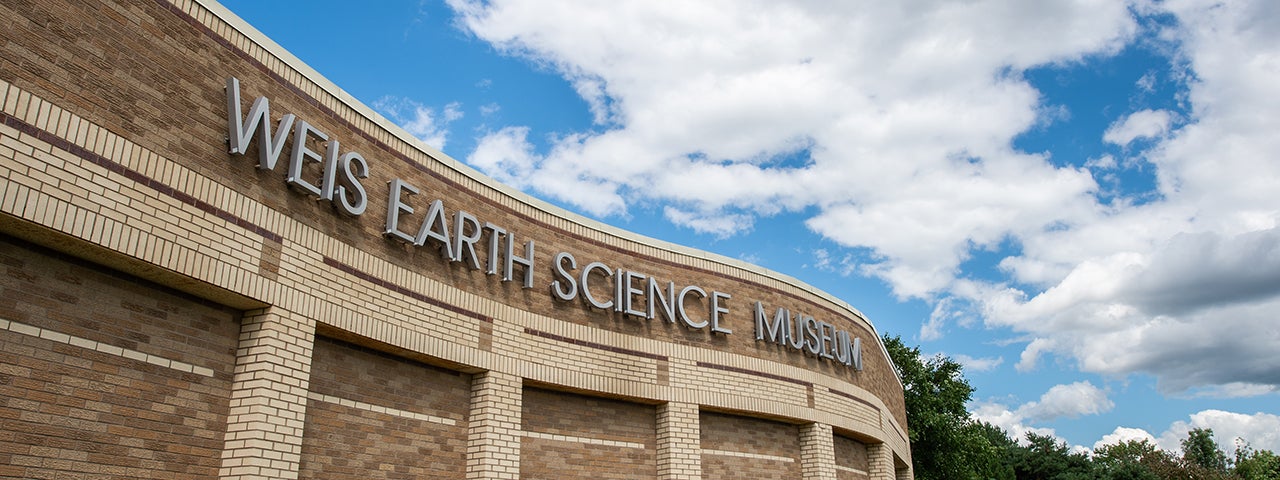The PBS program Antiques Roadshow sparked something in Dr. Lonnie Bunch III.
The reality television show depicts dealers touring the country to give free appraisals of the objects people bring to them. They could be family heirlooms or thrift store finds, and the appraisers often give historical context to the items.
Well, in 2005, Bunch, who is now the secretary of the Smithsonian, had been tasked with leading the latest addition to its family – the National Museum of African American History and Culture, in Washington, D.C.
News with a little more humanity
WPR’s “Wisconsin Today” newsletter keeps you connected to the state you love without feeling overwhelmed. No paywall. No agenda. No corporate filter.
He decided to emulate the PBS television show to help add acquisitions to the museum.
“You know, it’s almost as if someone said, ‘The time is now,’ and what I found fascinating is that, as we went around the country and collected artifacts – which is one of the revolutionary things we did – people were almost waiting for this,” Bunch said. “Suddenly, they opened up their trunks and their drawers and their attics, and they told their stories, and so I knew there would be great interest.”
The museum on Saturday celebrated the 20th anniversary of the signing of legislation that created the NMAAHC. It is being commemorated with an interactive, online history that will run through Christmas, and the display of “Bruise Painting ‘Message to Our Folks,’” a painting by Rashid Johnson, in the museum.
Long before the NMAAHC had its 10 millionth visitor in September, or Bunch and his staff set out on the road, the journey to the museum had been a lengthy one.
A dream deferred
The legislation that approved the NMAAHC, the 19th Smithsonian museum, was signed on Dec. 16, 2003. The building opened on Sept. 24, 2016.
But the idea for the museum went back more than 100 years.
In 1915, Black veterans who fought for the Union Army in the Civil War met in Washington, D.C., to commemorate the 50th anniversary of the war’s end. During that meeting, they assembled a committee that would lead the efforts in building a memorial to honor Black people’s service to the U.S., as they had often faced racism within the military and from civilians.
Their work hit a major milestone – Congress signed a bill in 1929 authorizing the memorial, although it came with a caveat: it had to be privately funded.
But 1929 was also the year of the Wall Street Crash that contributed to the Great Depression, so the memorial project fell through due to a lack of funding.
There was more talk of the museum in the 1970s and 1980s, particularly by Rep. Mickey Leland, a Democrat from Texas. Then, in came the storied activist and congressman John Lewis.
“When I think about this anniversary, I have to think about John Lewis, that on the one hand, we all know this is an amazing, courageous civil rights leader — almost lost his life to help transform the nation,” Bunch said. “But the other side of John Lewis is a kind of resiliency and political savviness.”
The creation of a national African American museum was a mission Lewis took on shortly after being sworn into Congress in 1987. He introduced legislation to build the museum the next year, but the bill was blocked.
Lewis introduced legislation for the museum during every congressional session for 15 years, and was blocked all but once. He faced opposition about the funding and location of the building, and criticism that it was unnecessary.
One former Smithsonian secretary suggested putting it in a wing of an existing museum, while another questioned the validity of an “ethnic” museum. Some on the Smithsonian Board of Regents doubted there would be enough artifacts to fill a museum. In 1994, Sen. Jesse Helms refused to let the bill onto the Senate floor, despite bipartisan support.
The Smithsonian eventually warmed up to the idea. Under new leadership, a commission hired by the Smithsonian and approved by former President George W. Bush in April 2003, said a standalone museum was necessary.
They recommended 350,000 square feet of space (it has about 400,000 now) and estimated it would cost $360 million, of which half would be from the federal government and half would be from private funds. (It actually costed $540 million.)
Based on the report, Sen. Sam Brownback introduced new legislation to the Senate, while Lewis again introduced legislation to the House.
Bush signed off on the bill in December 2003.
“This museum is a testament to the dignity of the dispossessed in every corner of the globe who yearn for freedom,” Lewis said at the museum’s opening ceremony in 2016. “It is a song to the scholars and scribes, scientists and teachers, to the revolutionaries and voices of protest, to the ministers and the authors of peace. It is the story of life, the story of our lives, wrapped up in a beautiful golden crown of grace.”
Getting it off the ground
Bunch worked at Smithsonian in the 1990s, left to serve as president of the Chicago Historical Society and was called back to lead the NMAAHC in 2005.
“I knew what a big challenge this was,” Bunch said. “I told everybody we’d pull it off, but I also knew how hard it was. But I also knew that even if we fail – although I’d never put that in my mind – I thought the process would change the way the Smithsonian did work, it would change the way people thought about African American history.”
As the story is told, it was just Bunch and one staff member, Tasha Coleman.
But that isn’t entirely true, said Kinshasha Conwill, the longtime former deputy director of the museum.
Conwill advised Bunch to use the one-employee line to tug at the heartstrings of potential donors.
“I said, ‘When we’re going to Congress, and we’re going to these donors, tell them, ‘When I started, I only had one staff person, and I didn’t have a collection, and I didn’t have a building,’” Conwill said. “And that kind of came back to haunt me because people often thought that [one staff member] was me.”
Conwill wore many hats: attending town hall meetings to find a site, making sure the museum met Smithsonian requirements, accompanying Bunch to meet with congressional members, moderating discussions at college campuses, hiring staff and collaborating with divisions, such as facilities, legal and public affairs, among other things.
“I was the chief cook and bottle washer for Lonnie, making sure that all those meetings took place, that all the I’s got dotted, the T’s got crossed, helping to put out fires here and there…I felt sometimes I was everywhere,” Conwill said.
In many of the rooms Conwill was in, she was one of few Black women in executive positions.
But Bunch had made it a point to hire women in leadership roles, a reputation that made it easy for others to identify Conwill as being an employee of the NMAAHC.
In addition to Conwill being the deputy director, Adrienne Brooks was the director of advancement, Jacquelyn Serwer was the chief curator, Esther Washington was the director of education and Elaine Nichols was the senior curator for culture.
Conwill said when talking to young women, she thought, “When I was their age, there would not have been a Black woman, and there probably would not have been a woman in a senior position at a very, very large national museum. It just didn’t happen. So this was an intentional act on Lonnie’s part and I think it was very meaningful.”
Bunch also had to garner support for the museum through three presidents: Bush, Obama and Trump.
During Bush’s tenure, there was a shortlist of four locations for the museum: the National Mall (where it is today), Banneker Overlook, the Liberty Loan Building and the Arts and Industries Building.
Bush strongly expressed his desire for the museum to be on the Mall.
“George Bush made it really clear this was important to him and that helped me because it helped me gather Republican support,” Bunch said. “And whenever I see him, he talks about this is one of the proudest things he’s supported.”
Obama was more quiet with his support, as he didn’t “want to simply be seen as the Black president…then as we moved into the second term, he became extremely supportive,” Bunch said.
Trump was fairly ambivalent.
“President Trump was an opportunity for me to engage someone who didn’t really understand the importance of this history,” Bunch said. “In some ways, his administration didn’t stand in the way of the museum. But nor were they the biggest supporters I’ve ever had.”
The museum’s opening in 2016 was a three-day event that included spoken word, dance and musical performances. Free passes were all booked up on opening weekend, and for months after. Obama later spoke at the opening ceremony for the museum, saying it helps us to understand “the keeper of the status quo but also the activist seeking to overthrow that status quo.”
While the museum tells the story of African American history, it was always Bunch’s goal for the museum to be a place for all.
“I thought that it had to be a two-sided coin, that one side was this opportunity to sort of help America – to force America – to confront its tortured racial past,” he said. “Where I think I added real value was the recognition that if this was a museum for black people, then it failed. And that in essence, the story of Black America was too big to be just in the hands of Black America.”
Living in the present and looking to the future
The museum’s current director, Kevin Young, began his term in January 2021, while the museum was closed due to the COVID-19 pandemic.
The NMAAHC typically boasts millions of visitors a year, but in 2020 and 2021, the number of visits dropped to the 300,000 range. The museum closed in early 2020, temporarily reopened, then closed again until May 2021.
During that time, Young spearheaded the Searchable Museum, a platform that allows users to explore exhibits online with added elements, such as videos, podcasts and “constellations” — interactive diagrams that link historical events, figures and objects.
Young was there to welcome the people lined up to enter when the museum opened its doors again. One family had with them an artifact of the first woman killed in combat in the U.S.
“I was thinking so much about that day,” Young said. “It was all those family members, seeing them, and they had waited, and they had saved up and they had come to the museum, come together, and it was a site of pilgrimage, and I’m always struck by that.”
The pandemic emphasized the need to capture major events as they continue to happen, Young said.
“I think living history is all the more important to help people understand that we’re living through history, but they can also — especially with our young people — make history, and that history is all around us. And it’s alive,” he said.
For Conwill, her goal in beginning work on the museum was rooted in her desire for young people to feel seen.
“I want it to be a place that helps my nieces and nephews walk tall on this earth,” she said.
9(MDAyMjQ1NTA4MDEyMjU5MTk3OTdlZmMzMQ004))
© Copyright 2026 by NPR. To see more, visit https://www.npr.org.9(MDAyMjQ1NTA4MDEyMjU5MTk3OTdlZmMzMQ004))
